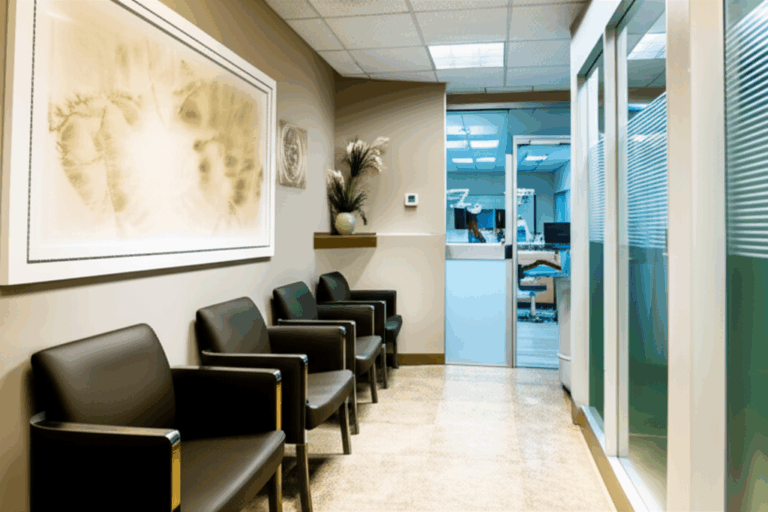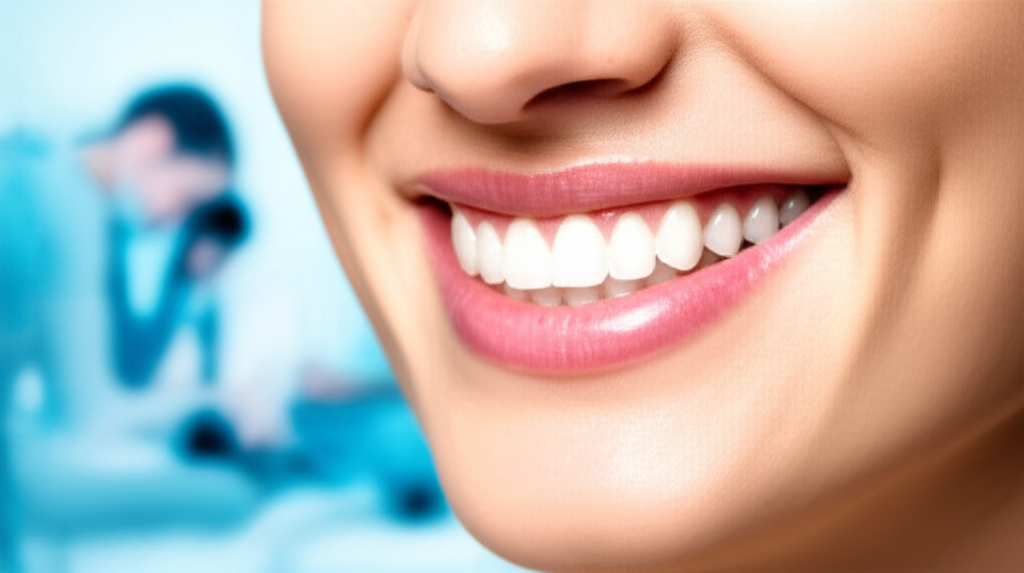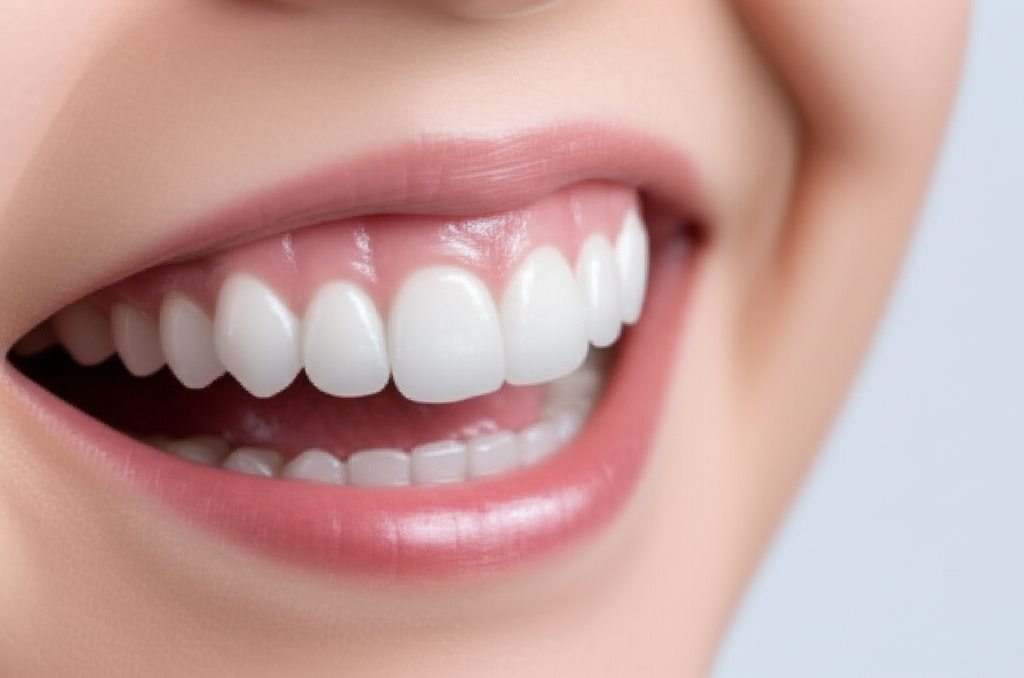
The Autoclave: Why Steam Sterilization Dominates Dental Clinic Infection Control
That moment you sit back in the dental chair, hearing trays click and seeing instruments shine under the lights—you probably aren’t thinking much about what happens before the exam. But if you’ve ever wondered, “How do they make sure all those tools are safe and truly clean?”, you’re not alone. In fact, dental instrument cleaning is one of the most talked-about topics among patients, dental assistants, and dentists.
Keeping germs away is a must in a dental clinic. Cross-contamination, bacteria, spores—even viruses and prions—must be kept far away from everything that goes into your mouth. And while there are several ways to clean medical equipment today, the most trusted and widely used solution is the autoclave: a steam cleaner that’s become the gold standard worldwide. If you’ve been curious about why this is, and what other options exist, you’re in the right place.
In This Article
- Steam Sterilization in Dentistry: The Key Question
- How Does the Autoclave Actually Work?
- Main Types of Dental Autoclaves (and What Makes Them Different)
- What About Other Sterilization Methods? (Pros and Cons)
- Sterilization, Step by Step: What Really Happens Behind the Scenes
- Regulations and Best Practices: Staying Safe and Compliant
- Answers to Common Questions
- Top Takeaways and What You Can Do Next
Steam Sterilization in Dentistry: The Key Question
Let’s get straight to it: What type of cleaner is most often used in dental clinics?
The short answer? Autoclaves, or steam cleaners, lead the way. They’re the main way to stop infection in dentistry. Autoclaves use hot, pressurized steam to kill bacteria, viruses, fungus, and even tough spores hiding deep inside tools. That strong “blast of steam” approach has been steady, quick, and safe for many years. It’s not just the go-to in your local clinic—big groups like the Centers for Disease Control and Prevention (CDC), the American Dental Association (ADA), and OSHA all specifically tell dental offices to use steam for most dental tools.
But you might wonder, “Why steam? Don’t chemicals or dry heat work just as well?” Good question. Let’s break it down.
How Does the Autoclave Actually Work?
Picture this: an autoclave is really just a strong pressure cooker. Instead of slow-cooking your Sunday roast, it’s wiping out every last germ, bacteria, and virus clinging to dental tools.
The Science, Made Simple
Here’s the basics:
- Steam enters a shut chamber full of tools.
- Heat (at least 121°C or 250°F, sometimes hotter) and pressure rise.
- This hot, wet environment ruins proteins (kind of like how eggs look after cooking), destroying all germs—even the toughest spores.
Why does water matter? Dry heat alone can clean, but steam “carries” heat deeper and does the job faster. Imagine ironing a wrinkled shirt: steam gets those wrinkles out much quicker than just heat alone. Autoclaves use the same idea to kill germs.
What Does the Autoclave Kill?
- Bacteria (even types that don’t respond to antibiotics)
- Viruses (like hepatitis B, HIV)
- Fungi and mold
- Spores (these are super hard to kill—tiny seeds from bacteria)
- Even prions (to an extent, though they’re extremely tough—a special worry in rare cases)
Regular autoclaving gets a Sterility Assurance Level of 10^-6. That means: there’s just a one-in-a-million chance any live germ survives a right cycle. That’s very reassuring.
How Do We Know It Works?
Chemical and biological indicators (little test strips inside the chamber) tell us if each cycle worked right and that cleaning really happened. The CDC says to do “spore testing” every week for every autoclave.
Main Types of Dental Autoclaves (and What Makes Them Different)
Not all autoclaves are the same. Over the years, a few types have been made—each good for something special.
Gravity Displacement Autoclaves (Type N or S)
- How they work: Steam enters the chamber and slowly pushes the cooler air out, usually through a hole at the bottom.
- Good for: Solid, unwrapped tools (like basic dental forceps or mirrors).
- Not so good for: Hollow tools (like handpieces) or wrapped stuff—the steam might not get deep enough to clean everything.
Pre-Vacuum (Type B) Autoclaves
Now things get a bit fancier.
- How they work: Before steam goes in, a vacuum pump takes out all the air. No air means steam can get everywhere—even inside long tubes and those tricky handpieces.
- Good for: Wrapped tools, sets, hollow or tube-like things, and plastics that can handle heat.
- Becoming normal: Rules in Europe and North America now require these for full dental cleaning. They’re called “Class B” autoclaves.
- Examples of brands: Tuttnauer, Midmark, SciCan, Melag.
Rapid Cycle (“Statim”) Cassette Autoclaves
Think of these as the “microwaves” of office cleaning (but no popcorn).
- Purpose: Fast, on-the-spot cleaning for quick use—often in 6–15 minutes.
- Good for: Handpieces, single tools, small batches.
- Used in: Busy clinics needing quick turnaround.
How Are These Types Different?
- Gravity type is good for simple, unwrapped tools.
- Pre-vacuum/Class B machines are the best for all kinds of dental tools.
- Rapid cycle ones are handy for emergencies or last-minute needs.
If your clinic handles everything from checkups to big surgeries, you need both speed and options. Most modern dental clinics use more than one: a main pre-vacuum autoclave, plus a rapid model for busy times or special cases.
What About Other Sterilization Methods? (Pros and Cons)
Steam isn’t the only way. Let’s look at some other methods you might hear of.
Chemical Vapor Sterilizers (Chemiclave)
- How they work: A hot mix of chemicals (often alcohol and formaldehyde) makes steam, which cleans at lower heat than normal steam.
- Good stuff: Less rust on some steel tools and drills.
- Downsides: Bad smells, fumes (need special air systems), higher costs, and some things can be harmed. The chemicals can be risky if strong. Not ideal for most clinics.
Dry Heat Sterilizers
- How they work: Very hot air (160–180°C) “bakes” tools for an hour or more.
- Good stuff: No water—so no rust at all. Good for tools or plastics that don’t like water.
- Not so good: Long cycles (over an hour), heat can spread uneven, and some plastics or rubbers may melt.
Why Steam Wins
Here’s why most dental offices use autoclaves:
- Quick cycles: Patients don’t wait long, and staff move fast.
- Works well: Kills all common mouth germs—even tough spores.
- Safer: Water and steam are less risky than chemicals or super-high heat.
- Costs less: Autoclaves usually cost less over time compared to other ways.
Rare and Special-Use Methods
For some materials that can’t take heat (like some plastic mouthguards), dental clinics might use strong liquid cleaners or throw-away items. These are only used when needed, not as the main way.
Sterilization, Step by Step: What Really Happens Behind the Scenes
Ever wondered what happens after a tray leaves your mouth until the tools are ready for the next patient? There’s more to it than you might think.
1. Pre-cleaning and Disinfection
All tools, whether from a checkup or a big surgery, need good cleaning even before going in the autoclave. Why? Steam can’t reach through blood or debris.
- Ultrasonic cleaners: Think of these like tiny “baths” for tools. Sound waves make little bubbles that scrub the smallest spaces, getting rid of dirt. [digital dental lab] systems use the same for careful cleaning.
- Automatic washers: Many clinics use machines that soak, wash, and even disinfect in one step. It’s faster and safer.
- Manual cleaning: Sometimes needed, especially for tricky items. Staff have to be careful to avoid getting hurt or spreading germs.
2. Packaging and Wrapping
So tools stay clean after cleaning, they’re put in special bags or cassettes. These have color-changing strips that only change if they get hot enough. Many china dental lab places use the same bags when sending items to dental offices around the world.
3. Loading the Autoclave
It’s not just “throw it in and go.” Staff need to:
- Wear gloves, masks, and goggles (like a science project!).
- Arrange items so steam can move easily, no blocking.
- Pick the right cycle: Pre-vacuum for wrapped/hollow, gravity for basic tools.
4. Running the Sterilization Cycle
- Heat and pressure go up to preset numbers.
- Time changes (from under 10 minutes for fast cycles, up to an hour for big wrapped sets).
- The machine keeps track of everything. If something goes wrong, the batch must be done over.
5. Checking and Testing
How do teams know everything is really clean?
- Machine checks: Gauges show temp and pressure.
- Chemical strips: Color changes if hot enough.
- Biological tests (“spore tests”): The main test—these are used every week, or even daily in some places. If spores survive, there’s a problem.
6. Storing the Tools
Cleaned tools aren’t just tossed in a drawer. Clinics must keep bags or boxes in a clean, dust-free space so they’re safe until use.
Recordkeeping matters: Clinics write down every load, the test results, and any fixes (the law says so in many places).
Regulations and Best Practices: Staying Safe and Compliant
Dental cleaning isn’t just something “good”—it’s the law in many places. Rules from the CDC, ADA, OSHA (US), and others make up the core of dental infection control.
Core Rules
- Sterilize all important tools: Anything put in your mouth must be cleaned, unless it’s used only once.
- Follow instructions: From loading to cycle choice, every detail counts.
- Weekly (or more) spore tests: Proves every autoclave cycle really kills everything.
- Staff must be trained: People matter a lot—a rushed or poorly taught worker can miss steps.
- Keep good records: Including cleaning logs, tests, and repair notes.
What If a Cleaner Fails?
If a weekly spore test fails, clinics quickly stop using that machine, test again, and—if needed—re-clean all tools since the last good test. Patient safety comes first.
Equipment Care
Modern autoclaves beep if anything’s wrong, and most need a checkup once a year. For old models, do regular repairs and checks—don’t ignore funny noises or error codes.
Your Options Explained: Beyond the Basics
If you’re wondering, “Is there a safer or better way for my dentist to clean instruments?” here’s a simple look.
At-Home View
For patients, the best thing is trusting a dental team that tells you about their system. Look for:
- Clinics that show a cleaning log or safety certificate.
- A separate cleaning room (glass walls are cool—some clinics let you watch!).
- Staff happy to answer your questions about keeping things clean.
When to Ask
You can always ask about:
- How often the office does spore testing.
- What kind of cleaner they use.
- If things are still in sealed bags or just open on a tray (open is a warning sign).
Options for Clinics
Clinics might change their plan based on:
- How many tools they use: Big clinics need bigger or more machines.
- How fast they need tools ready: Fast machines help keep things moving.
- Types of tools: Handpieces and hollow things need pre-vacuum/Class B autoclaves.
- Money: Steam autoclaves cost the least over time.
Want to learn about newer dental tech? See digital dental lab improvements—these changes help clinics offer faster, safer care.
Who Is This For? Am I at Risk?
This question often comes up with parents, people with weak immune systems, or anyone worried about dental infections.
Everyone Benefits—But Some Need Extra Confidence
- Regular checkups, fillings, cleanings: All patients should get cleaned tools, every time.
- People with higher risk: If you have an immune problem (like autoimmune disease, HIV/AIDS, cancer treatment), dental offices need to be even more careful.
- Kids, older folks, or people with health problems: May get sicker if there’s a cleaning mistake.
If you’re ever worried, ask your dentist to explain their cleaning process. A good clinic will be happy to answer.
Frequently Asked Questions About Dental Sterilization
Can dentists reuse tools between patients?
Only after they’ve been cleaned and fully sterilized. Things used only once are thrown away every time.
Why does some dental stuff come sealed in bags?
Because the bags keep things sterile! They protect clean tools until they’re opened for you.
Is cleaning ever skipped because it’s busy?
It shouldn’t be—even in emergencies. Fast autoclaves help, but skipping a cleaning cycle is a big safety problem.
Is dry heat or chemical vapor ever “better” than steam?
For some special things, yes—like fast-spinning drills or soft plastics. But for most dental tools, steam is still best.
Do rules change by country?
A bit. The US, UK, Europe, and many developed places have similar rules. Always check your own country’s laws.
Top Takeaways and What You Can Do Next
Let’s finish with a quick summary.
The Bottom Line:
- Autoclaves (steam cleaners) are the main part of dental safety.
- They give reliable, quick, and safe cleaning for most tools.
- Pre-vacuum/Class B machines are often required, since they clean complicated or tube-like things.
- Cleaning is a process, not just a machine—it starts with cleaning, wraps, test checks, and safe storage.
- Staff training and following rules keep you and everyone safe.
- If you have questions, ask your dental team—they should be glad to talk.
How to Choose:
- Pick a clinic open about cleaning steps.
- Don’t be shy about asking for proof of cleaning.
- Take care of your own teeth at home—cuts down on infection risk too.
Want to see great dental lab work? See how crown and bridge lab safety steps match the high standards of the dentist’s office.
Healthy Smiles Begin with Trust
Next time you’re in the chair, take a look—you’ll probably see the autoclave working behind a window or in a special room. It may not be fancy, but that small machine could be the most important thing protecting your health. No need to worry about invisible germs: with good practice, smart machines, and real care, dental visits stay safe for everyone.
If you have more questions about dental care, just ask. A caring dentist will always explain—and might even show you the cleaning, up close.
References
- Centers for Disease Control and Prevention (CDC): “Guidelines for Infection Control in Dental Health-Care Settings.”
- American Dental Association (ADA): Infection Control Recommendations.
- Local and national public health regulatory agencies.
For more on how new dental tech keeps you safe, check out china dental lab work and new digital ways that shape the future of dental care.







